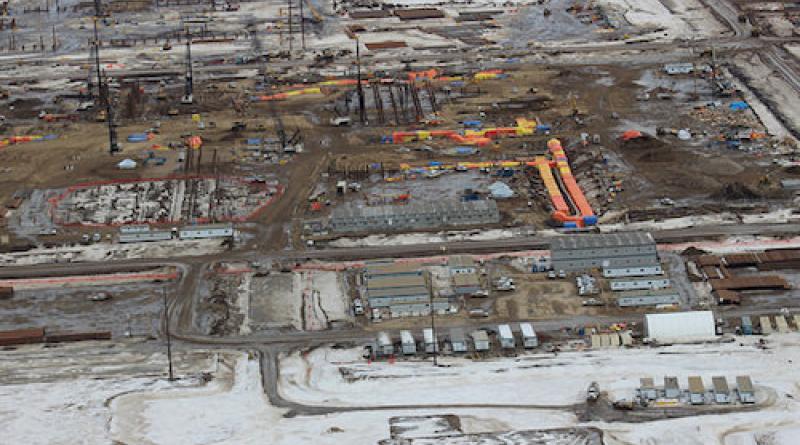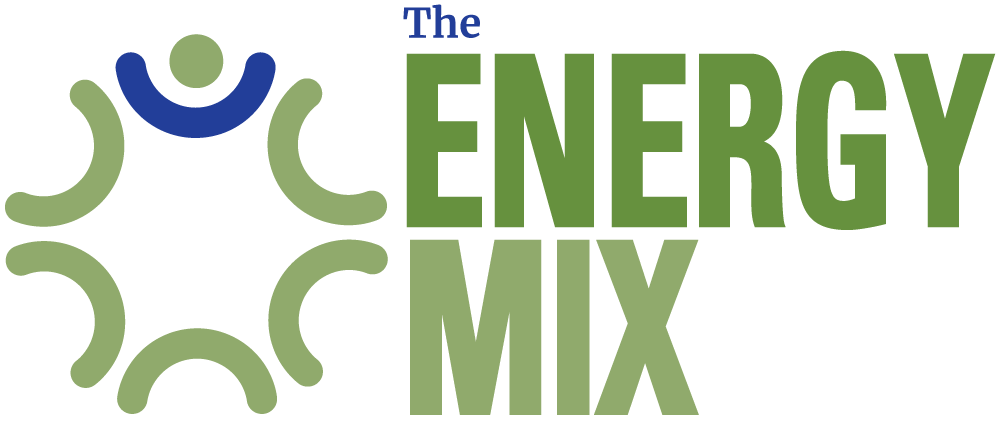Regulator Pauses Suncor Plan to Extract 1B Barrels from Alberta Wetland

The Alberta Energy Regulator is reconsidering its approval of Suncor Energy’s plan to extract a billion barrels of oil from wetlands that serve as a First Nations gathering place, a carbon sink, and wildlife habitat, after conservation experts said the project comes across as “a big experiment.”
The Alberta Wilderness Association (AWA) flagged a number of concerns with the Calgary-based oilsands giant’s plan to expand its Fort Hills facility to mine part of McClelland Lake’s adjacent wetland in northern Alberta, reported CBC News.
The association submitted a report to the Alberta Energy Regulator (AER) last spring, detailing research that found the risk of saltwater mixing with groundwater and a “very poor” plan for resupplying water to the unmined wetland.
“It comes across to us as just a big experiment,” AWA conservation specialist Phillip Meintzer told CBC. The association says 200 species of birds use the wetlands as a safe space to land in an area surrounded by tailings ponds. It is also an important carbon sink, a natural water filtration system, and a crucial barrier during wildfires.
The AER’s approval for the project rested on the caveat that Suncor would only mine half of the wetland and leave the other half undisturbed. That provision stemmed from a former decision by the Alberta Energy and Utilities Board, the AER’s precursor, which approved True North Energy to develop part of the wetland with that same condition.
Suncor’s plan to comply with the AER’s caveat involves dividing the wetland with a wall, nearly 14 kilometres long and 20 to 70 metres deep. But all that is on hold as the regulator reconsiders, with no specific timeline for a final decision. Suncor claims that cancelling the project would “play into the hands” of industry opponents, harming resource development in Alberta.
Stakes are high for Suncor to keep the project afloat, writes CBC. The company recently spent more than C$1 billion to take full ownership of the site and expects it to produce 194,000 barrels of bitumen per day over 50 years. Fort Hills has become “a key piece of Suncor’s overall supply strategy,” said Richard Masson, an executive fellow at the University of Calgary School of Public Policy.
But environmentalists like the AWA and local First Nations residents have concerns about how it will unfold.
“It’s a sacred place that provides the spirituality, connectedness for our First Nations, especially the ones that grew up around here and occupied the area before industry came in,” said Jean L’Hommecourt, a traditional land use specialist with the Fort McKay sustainability department and a member of Fort McKay First Nation. Suncor’s “ludicrous plan of a wall” puts that in jeopardy, she added.
“I don’t see any way you can cut off half of something and have the other half be made to survive.”
Nearby First Nations who harvest traditional foods and medicines say past problems—like the long-unreported tailings pond leak at Imperial Oil’s Kearl Mine—raise doubts about how well the oilsands industry will protect the environment.
Scientists who advise Suncor’s sustainability committee have also raised flags, CBC says. In a technical advisory group (TAG) presentation from October, they expressed concern with how the company will monitor the unmined part of the wetland and ensure it’s kept safe from the impacts of mining, the national broadcaster writes, after obtaining a copy of the slideshow.
The group warned that reference sites and background data in the operational plan are “still inadequate,” and that a solid understanding of reference ecosystems is needed to understand whether future changes to McClelland are caused by mining or by other factors.
TAG “considers the lack of monitoring and evaluation of reference ecosystems to be the gravest omission from the Operational Plan,” reads an excerpt from their presentation.
CBC says it reached out to the TAG scientists, but none agreed to an interview.





